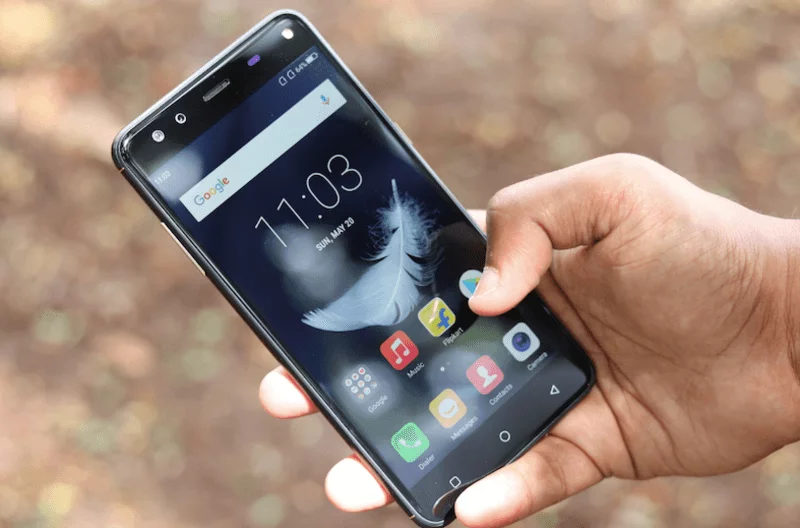Vodafone Idea Limited (VIL) the newly merged telco has stated that once it acquires the 5G spectrum and combined with the right ecosystem in India, the transition to 5G will only be a software update for the telco. VIL’s chief technology offer, Vishant Vora in a talk with ET revealed that Vodafone Idea is developing its 4G network on the basis of elements of 5G and the 5G architecture complete with cloud, MIMO, software-defined networking (SDN) and Networks Functions Virtualisation.

Focus on Transport Network Build Up
In the talk, the technology officer revealed that Vodafone Idea has merged the elements of 5G deeply in its existing network, and is already paving the way for the arrival of 5G. This integration, as per the executive, has resulted in a network which is more “4.9G” rather than being just 4G. Further, he also stated that Vodafone Idea’s cloudification of the system remains one of the highest in the world, with more than 60% of all traffic running on cloud core. The telco has also touched on the IPfication of the transport, and Vora emphasised this as he confirmed that VIL plans to invest heavily in transport network build up.
The CTO also added that the telco is deploying massive MIMO in cities like Delhi, Pune, Mumbai, Ahmedabad and Hyderabad and is going to continue on the trend. It was also highlighted in the talks that Vodafone Idea, intends to reform the 2,600MHz spectrum for use in 5G which was auctioned previously. Going by the exec’s words, Vodafone Idea is also planning to keep ahead of the curve by capitalising on 5G use cases like mmwaves; however, Vora pointed out that the policies on these use cases remain unclear now. He also added that the telco is not waiting for the spectrum auction to provide 5G-like services and denoted that massive work is going on in the enterprise front, and also selectively for the consumers.
Telco to Work on Removing Latency
In the conversation, the Vodafone Idea CTO also answered questions related to improving the speeds on the network stating that the company puts a lot of emphasis on working on the latency which is an essential aspect of ensuring a good consumer experience. He also remarked that Vodafone Idea’s enterprise clients had conducted tests revealing that Vodafone Idea has the lowest latency rate. He further talked about the deployment of Wi-Fi in airports with the name of 'Firefly' in partnership with Airtel.
Digitisation Also a Focus
The interviewer also posed questions to Vora regarding cloud and digitisation of Vodafone Idea to which the CTO replied in affirmative and said that SDN is not only a big part of Vodafone Idea’s upcoming plans, but it is also going to work on simplifying data centre architectures. To the questions of digitisation, Vora said that there is an attempt going on inside the organisation to make Vodafone Idea a more digital business. He also added that Vodafone has been a leader in the M2M category since previous times and the company, even after the merger, will work to retain its position in the M2M sector with the help of IoT (Intenet of Things) services.















